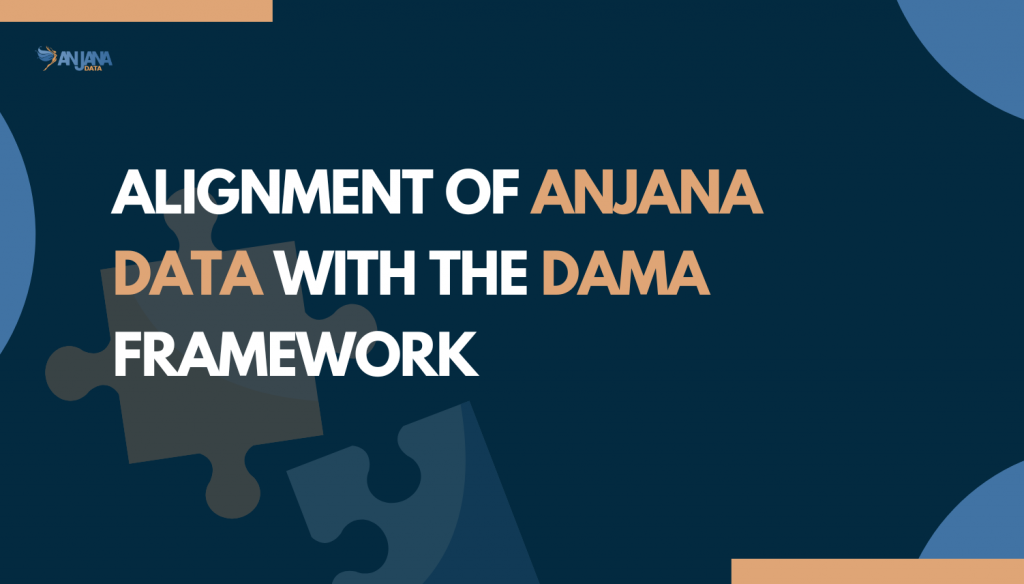
DAMA establishes a compilation of good practices for data management, where two concepts stand out: Data Governance and Data Management. However, these two concepts must be differentiated because they imply a separation of functions between supervision and execution. Data governance is responsible for ensuring that data is properly managed to turn it into a strategic asset from which an organization can derive business value, while data management is responsible for executing the corresponding activities in order to achieve the goals for which the data is available.
Data Governance, according to the DAMA framework, must meet three key characteristics. Firstly, it must be sustainable over time to accompany the organization throughout its life; secondly, it must be embedded to be incorporated into the organization’s day-to-day processes; and thirdly, it must be measurable to be able to demonstrate the improvements achieved through its implementation.
In this context, the key question we want to answer today is: how does Anjana Data help organizations in the implementation and operationalization of the DAMA framework?
First of all, from the point of view of solution design and functional architecture, Anjana Data is fully aligned with the DAMA framework and maintains its same principles, which is a very relevant first starting point.
In addition, the configuration capabilities and flexibility of the platform allow a very high degree of adaptation and customization, so that organizations can adapt it according to their specific needs to meet their requirements arising from the landing of the framework to their reality and degree of maturity.
In addition, following the indications of the DAMA framework, Anjana Data…
Discover through the following RESOURCE all the details on how Anjana Data is aligned with the DAMA framework.